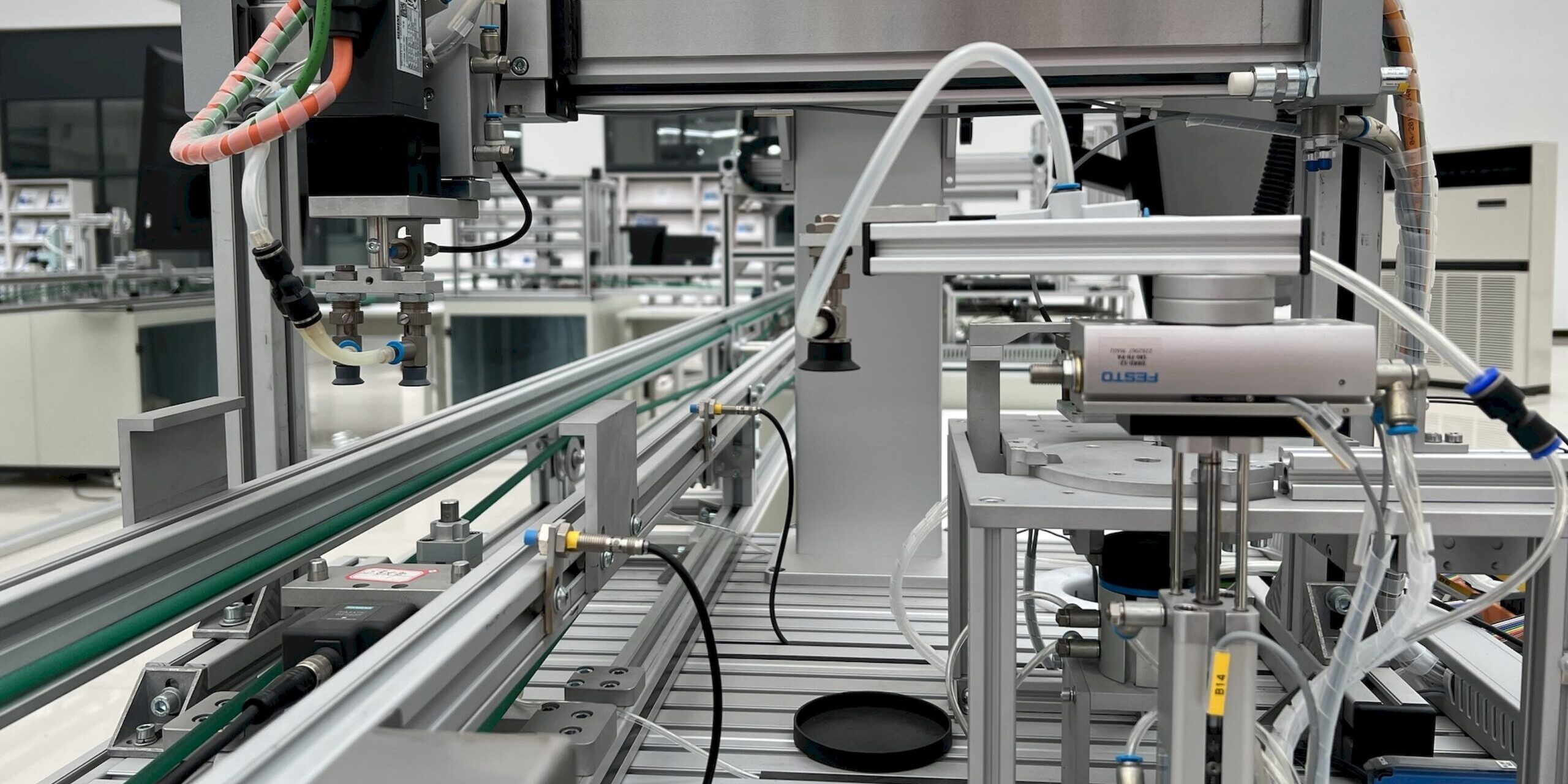In today’s fast-paced digital landscape, marketers are faced with an overwhelming number of tasks, from managing email campaigns to analyzing customer data. However, with the power of marketing automation, you can significantly reduce the burden of repetitive tasks and optimize your marketing efforts for efficiency and effectiveness.
The Significance of Marketing Automation
Marketing automation is more than just a time-saver; it’s a game-changer for businesses looking to:
- Boost Productivity: Automating routine marketing tasks frees up valuable time for strategic planning and creative endeavors.
- Enhance Personalization: Automation tools allow you to create highly targeted and personalized marketing campaigns, resulting in better customer engagement.
- Increase ROI: By delivering the right message to the right audience at the right time, automation can lead to higher conversion rates and, ultimately, improved return on investment (ROI).
Leveraging Marketing Automation Tools
- Email Marketing Automation: Tools like Mailchimp, HubSpot, or ActiveCampaign enable you to set up automated email sequences, segment your audience, and deliver personalized content.
- Social Media Scheduling: Platforms like Buffer or Hootsuite let you schedule and automate your social media posts, ensuring consistent online presence.
- Lead Nurturing: Use marketing automation to nurture leads through the sales funnel by delivering relevant content and monitoring their interactions.
- Analytics and Reporting: Tools like Google Analytics and SEMrush provide insights into your marketing performance, helping you refine your strategies.
Tips for Effective Marketing Automation
- Understand Your Goals: Start with clear objectives for your automation efforts. What do you want to achieve, and how will you measure success?
- Segment Your Audience: Divide your audience into distinct segments based on behavior, demographics, or preferences. Tailor your automated campaigns to each group.
- Content Quality: Automation should not compromise content quality. Ensure your emails, social media posts, and other automated content are valuable and engaging.
- Test and Refine: Continuously test and refine your automated campaigns. A/B testing can help you identify what works best.
Overcoming Common Challenges
**1. *Lack of Personalization:* While automation can streamline processes, it should never replace the personal touch. Ensure your automated messages maintain a human touch.
**2. *Data Management:* Keep your customer data clean and up-to-date to prevent sending automated messages to incorrect or outdated addresses.
**3. *Over-Automation:* Avoid overwhelming your audience with too many automated messages. Find the right balance between automation and human interaction.
Tools for Streamlined Marketing
- Email Marketing Automation Platforms: Tools like Mailchimp, HubSpot, and Marketo offer comprehensive solutions for email marketing automation.
- Social Media Automation Tools: Buffer, Hootsuite, and Sprout Social allow you to schedule and automate social media posts.
- CRM Systems: Customer Relationship Management systems help manage customer data and track interactions.
- Marketing Analytics Tools: Google Analytics, SEMrush, and Moz provide valuable insights into your marketing efforts.

Your Journey to Marketing Automation Mastery
Marketing automation is a dynamic and evolving field, and mastering it requires continuous learning and adaptation. By leveraging automation tools effectively, understanding your audience, and delivering personalized and engaging content, you can optimize your marketing efforts, boost productivity, and achieve remarkable results in the digital landscape.

